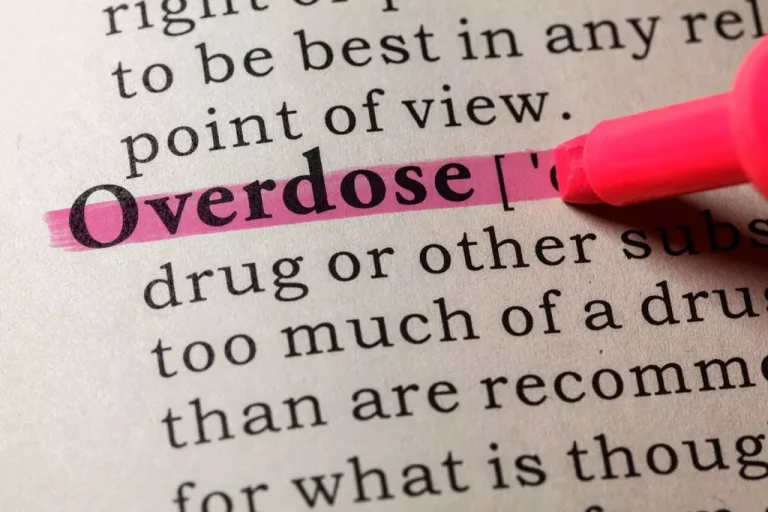
We will do a number of things to try to restore harmony between our conflicting thoughts and behaviors. One study compared this feeling of dissonance to the sensations of being hungry or thirsty—we want to get rid of that discomfort, so we eat or get a drink of water (Cooper and Carlsmith, 2002). One example of this type of psychological research is the studies originally done by Leon Festinger in the 1950’s. This term simply means that when we have two conflicting thoughts (cognitions), or if we behave in ways that conflict with our beliefs or values, we experience an unpleasant feeling of cognitive dissonance.

VERO BEACH RECOVERY CENTER
Practical examples of this process in everyday life can help us understand it a little better, and understand how this theory is important for helping people change behaviors that may be harmful to them. In addiction, cognitive dissonance is often present as individuals struggle to reconcile their desire to continue abusing substances with the harmful effects and negative consequences of their addictive behaviors. When individuals experience this discomfort, they are motivated to alleviate it by rationalizing their behavior or downplaying conflicting thoughts. This often leads to justifying addictive behaviors and minimizing the negative consequences they have. Cognitive dissonance motivates individuals to align their attitudes or behaviors with their existing beliefs.
- He also attended Cal Poly University where he studied behavioral science, mathematics and science.
- A holistic approach can be helpful for mind-body-spirit connection, which builds bridges of understanding and helps the process feel more ingrained over time.
- Conversely, users with low self-efficacy are more prone to discontinuous usage intention, potentially leading them to uninstall the platform.
- Cognitive dissonance plays a powerful role in sustaining substance abuse, allowing individuals to rationalize and normalize the damaging consequences of their actions.
- Trained therapists and addiction specialists can help individuals navigate the complex terrain of their thoughts and behaviors, providing tools and support to resolve cognitive dissonance and move towards recovery.
Cognitive Dissonance and Addiction Excuses
- In the first stage, the individual’s occasional drug taking becomes increasingly chronic and uncontrolled.
- It’s about finding the courage to face your reality head-on and make the changes necessary for a healthier, more fulfilling life.
- People experiencing addiction often have conflicting beliefs about the negative consequences of their behavior and their desire to continue engaging in that behavior.
- By identifying negative, unproductive thoughts that are seemingly “automatic,” you can learn healthier coping techniques for managing your emotions and painful memories.
- Taking steps to address cognitive dissonance is crucial in the recovery process and in managing addiction.
While nearly every person experiences cognitive dissonance at some point in their life, cognitive dissonance can affect your mental health. Even when you stop using drugs or alcohol, you’ll need to continue to be aware of cognitive dissonance that can cause you to alcoholism resume your substance misuse. Cognitive dissonance may also allow you to justify any relapses or setbacks that you experience. The neurotransmitters within the brain have been modified to now accommodate drugs and alcohol, essentially brainwashing people into believing that these substances are “good” for them.
Cognitive Dissonance and Addiction: The Psychological Struggle of Addictive Behaviors
However, while that may be true, evidence-based scientific research has shown that this disease plays mind games, controlling all aspects of a person’s life, mentally, physically, and socially. Recovery is possible, and with the right support, individuals can embark on a journey towards a healthier, more fulfilling life. Don’t hesitate to reach out to Arrowwood Addiction Center today – it could be the first step towards breaking free from the chains of addiction and embracing a brighter future.
5. Social norms:
Moreover, the study highlights the significance of self-efficacy in regulating the relationship between information overload, service overload, user addiction, and cognitive dissonance. The results show that self-efficacy plays a negative role in regulating the impact of cognitive dissonance on discontinuous usage intentions, which is important for the design and development of pan-entertainment mobile live broadcast platforms. The current body of literature indicates a growing trend of discontinuous usage intentions among users of social media platforms. While several factors affecting discontinuous usage intentions have been explored in https://ecosoberhouse.com/ previous research, the specific factors and mechanisms impacting discontinuous usage intentions among users of pan-entertainment mobile live broadcast platforms remain undefined. This study aims to clarify these factors and mechanisms and to provide both theoretical and practical guidance to users to encourage rational usage of the platform, as well as support the optimization of innovative services offered by the platform’s operator.

In the first stage, the individual’s occasional drug taking becomes increasingly chronic and uncontrolled. The neurological source of these symptoms is drug-induced deregulation of the brain’s reward system (Feltenstein and See, 2008). Drugs of abuse hyperactivate this system, triggering abrupt and large increases in NAc dopamine signaling, producing intense sensations that motivate additional drug taking, and promoting the formation of maladaptive drug-stimulus associations (Feltenstein and See, 2008). Yet, on the other, they find themselves inexplicably drawn back to the very substance or behavior they’re trying to escape. This mental tug-of-war is the essence of cognitive dissonance in addiction—a phenomenon that’s as fascinating as it is heartbreaking. The mental state of cognitive dissonance can actually have a very powerful effect on our thoughts and behaviors.
- The affective part of the framework refers to how individuals feel about the pan-entertainment mobile live broadcast platform.
- The addict’s mind becomes a battleground where logic and desire wage a never-ending war.
- There is no doubt that cognitive dissonance can have a powerful influence on our behaviors and actions.
- Morphine inhibits LTP of neurons that exhibit inhibitory control of neural activity via the neurotransmitter gamma-aminobutyric acid (GABA) (Nugent and Kauer, 2008).
- For example, challenges remain in the assessment of implicit cognition, including more precise determination regarding what current measures of implicit processes actually assess.

While research has focused on the light side factors that influence user engagement and retention, the research on the dark side of discontinuous usage intention of pan-entertainment mobile live broadcast platform users is in a research gap. Therefore, more research is needed on the specific antecedents that drive discontinuous usage intention of users of pan-entertainment mobile live broadcast platforms. Filling these research gaps can help to provide a more comprehensive understanding of the impact of pan-entertainment mobile live broadcast platforms on users and the entertainment industry and can be useful for platform operators to improve their services and retain their users. At the same time, it can also improve pan-entertainment mobile live broadcast operation services and ensure the healthy and sustainable development of the platform. This study has cognitive dissonance and addiction several limitations that should be considered when interpreting the results. First, other potential factors contributing to discontinuous usage intentions among pan-entertainment mobile live broadcast platform users were not examined.
